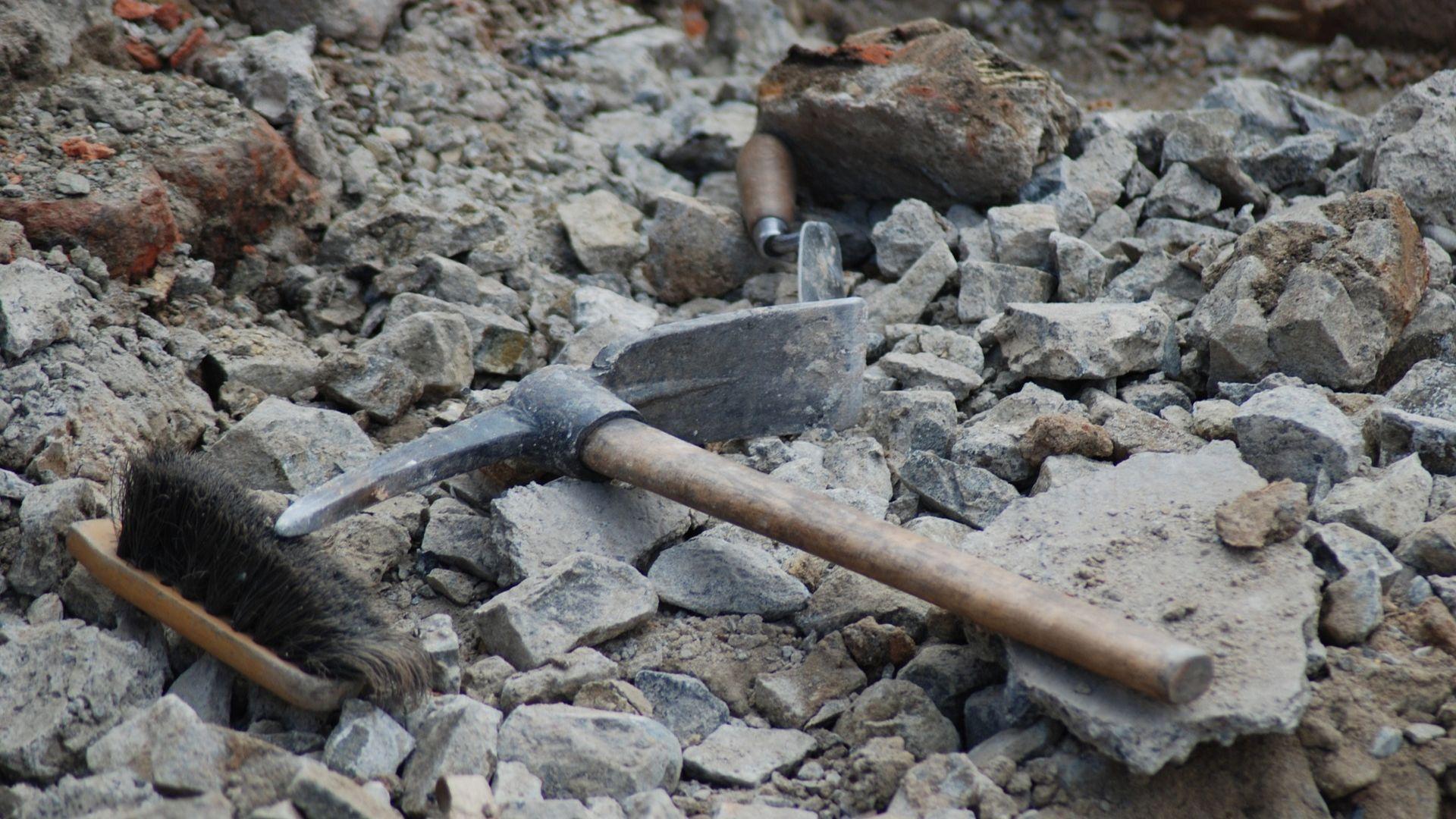Green-Boned Dinosaur to be Displayed in California Museum
In 2007, paleontologists unearthed an extraordinary fossil in Utah’s Badlands. Named “Gnatalie,” this herbivorous dinosaur is unique for its green bones.
The green hue is due to the mineral celadonite, making Gnatalie the only known dinosaur with this rare coloration.
The Uncommon Celadonite Connection
Unlike typical brown or black fossils, Gnatalie’s bones are a dark mottled olive green. This rare occurrence happened because of celadonite, which usually forms in volcanic or hydrothermal conditions that typically destroy buried bones.

Source: The Print Collector/Getty Images
This unique mineralization process preserved Gnatalie’s bones in their distinctive color.
From Jurassic Era to Today
Gnatalie lived approximately 150 million years ago during the late Jurassic Era.

Source: Mark Wilson/Newsmakers
This makes it significantly older than the famous Tyrannosaurus rex, which roamed the Earth 66 to 68 million years ago.
The Name Gnatalie
The dinosaur was named “Gnatalie” after the gnats that plagued researchers during its excavation.

Source: Grianghraf/Unsplash
The name was chosen through a public vote, where it competed with other green-inspired names like Verdi, Olive, Esme, and Sage.
Gnatalie’s Sauropod Relatives
Gnatalie is similar to the sauropod species Diplodocus, known for their massive size and long necks.

Source: Shutterstock
Sauropods were herbivores that roamed in herds, and Gnatalie adds to the understanding of this diverse dinosaur family.
A Rare Mineralization Process
Approximately 50 to 80 million years ago, volcanic activity allowed celadonite to replace a previous mineral in Gnatalie’s bones.

Source: Sophia Groves/Getty Images
This process, rare for fossilization, resulted in the bones’ dark green coloration, setting Gnatalie apart from other dinosaur discoveries.
The Unveiling at the Natural History Museum
Gnatalie will be the largest dinosaur on display at the Natural History Museum in Los Angeles.

Source: Wikipedia
The 80-foot-long dinosaur will be housed in the museum’s new welcome center, opening this fall, captivating visitors with its unique story and striking appearance.
A Scientific Milestone
John Whitlock, a sauropod researcher, highlighted the significance of Gnatalie’s complete skeleton.

Source: JamesDeMers/Pixabay
He stated that it helps fill in gaps for less complete specimens and enhances understanding of both taxonomic and anatomical diversity among sauropods.
Engaging the Public
Luis M. Chiappe of the museum’s Dinosaur Institute emphasized that dinosaurs like Gnatalie are perfect for teaching visitors about the nature of science.

Source: Trnava Universty/Unsplash
The green dinosaur will engage the public in scientific discovery and encourage reflection on the world’s wonders.
Quotes from Experts
Matt Wedel, an anatomist and paleontologist, recalled hearing rumors about a green dinosaur during graduate school.

Source: Jumbuk73/Pixabay
He said, “When I glimpsed the bones while they were still being cleaned, they were not like anything else that I’ve ever seen.”
A Closer Look at Gnatalie
Gnatalie’s skeleton provides a rare opportunity for scientists to study its unique features.

Source: Richard Vogel/AP
This long-necked dinosaur’s fossilized bones will help researchers understand more about sauropods’ anatomy and evolutionary history.
A Must-See Exhibit
Don’t miss the chance to see Gnatalie at the Natural History Museum in Los Angeles this fall.

Source: Terje Sollie/Pexels
This green-boned dinosaur is not only a scientific marvel but also an engaging exhibit that brings the past to life, inspiring curiosity and wonder in visitors of all ages.
